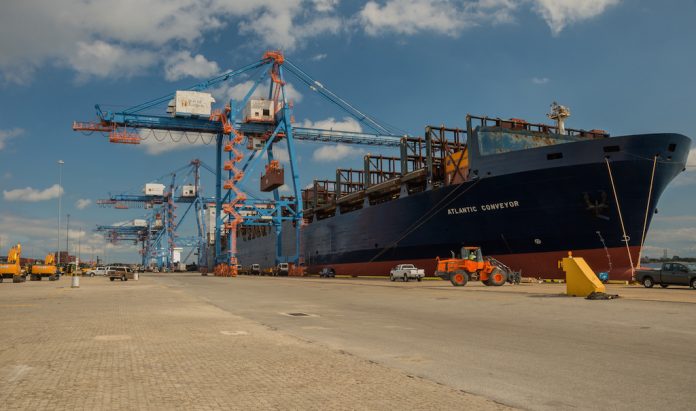
China is even hungrier, richer, and — to the delight of almost every American farmer — more impatient in today’s global food market than anyone thought possible even a decade ago.
In fact, according to the data crunchers at Agricultural Economic Insights (aei), China now imports “about 100 million acres worth of crop production, or roughly 25% of total crop consumption.”
Think about that; one in four bushels of any grain like soybeans, rice, corn, wheat and sorghum used in China is not grown in China today. Part of the reason is that the nation’s farming acreage, explains aei, “has remained mostly stable since 1990.”
Another key reason, of course, is that the country’s population has been anything but stable. In 1990, China was a nation of 1.13 billion; today, it’s home to 1.41 billion people, or 18% of the world’s population.
Put another way, since 1990, China has added as many people as now live in Indonesia, 280 million, the world’s fourth most populous nation.
This wild, continuous growth, however, is over. According to the May 10 New York Times, only 12 million children were born in China last year, the lowest birth total since famine-ravaged 1961. The slowing birth rate indicates China “faces a demographic crisis that could stunt growth in the world’s second-largest economy.”
Not enough land
This change, however, can’t change China’s demographic challenge in the coming decade: it still has too many people to feed from too little land.
In the past, notes aei in a May 10 post, that mattered less. For example, from the 1970s through the 1990s, “China’s production and consumption of soybeans was nearly lock-step.”
Of course, balancing the books back then often came with the wave of an autocrat’s hand, not the market’s free hand.
Soon thereafter, though, a growing, more trade-dependent economy took root and “(a)round 2000… China’s consumption of soybeans surged from 20 million metric tons to 114 million in 2020/21 …”
That’s an “average annualized 7.6%” growth rate. As a result, China quickly grew to become the big dog in the global bean business and, now, it buys “more than 60% of globally imported soybeans.”
The growth picture for Chinese corn imports is similar. From the 1970s onward, “Production and consumption have been essentially in lock-stop… In the last three years, however, domestic consumption has outpaced production… [and] for the 2020/21 marketing year, China purchased 13% of the globally traded corn…”
Long grocery list
In fact, China’s grocery list is so long, say the AEI analysts, that it now purchases “85% of global trade” in sorghum, “more than 60% of the global trade in dry milk powder,” and “nearly 30% of global beef trade.” (A decade ago, it “essentially imported zero beef.”)
And that’s not all.
China now composes “10% of the global chicken trade,” and, with the onset of its devastating African Swine Fever outbreak in 2019, China moved from buying “roughly 20% of global [pork] trade… to nearly 50% for 2020/21.”
With a cash buyer like that roaming global grocery markets, little wonder any food production glitch — like a run of dry weather in South America or a crop-flattening wind in Iowa — sends many commodity markets to once-in-a-decade highs.
But can China’s big — and, perhaps, overly big — market influence last?
Big, probably; overly big, probably not.
“…China likely holds strong growth in consumption and more reliance on imports,” aei analysts forecast. “But trends will also be impacted by consumer preferences and habits, policies, trade disruption and global events…”
“In short,” aei concludes, “it will become harder to point to China and make a blanket statement about strong demand for agricultural commodities.”
That’s a prudent reading of today’s ag export markets. There are reasons — like China’s binge buying and today’s weather-tightened supplies — why commodity prices soar. Once those reasons flatten or disappear, so, too, do the once-in-a-decade markets.
Or, as a now near-90-year-old farmer once told me: “I’ve been through four or five ‘new market plateaus’ in my life and not one ever became an ‘old’ market plateau.”













